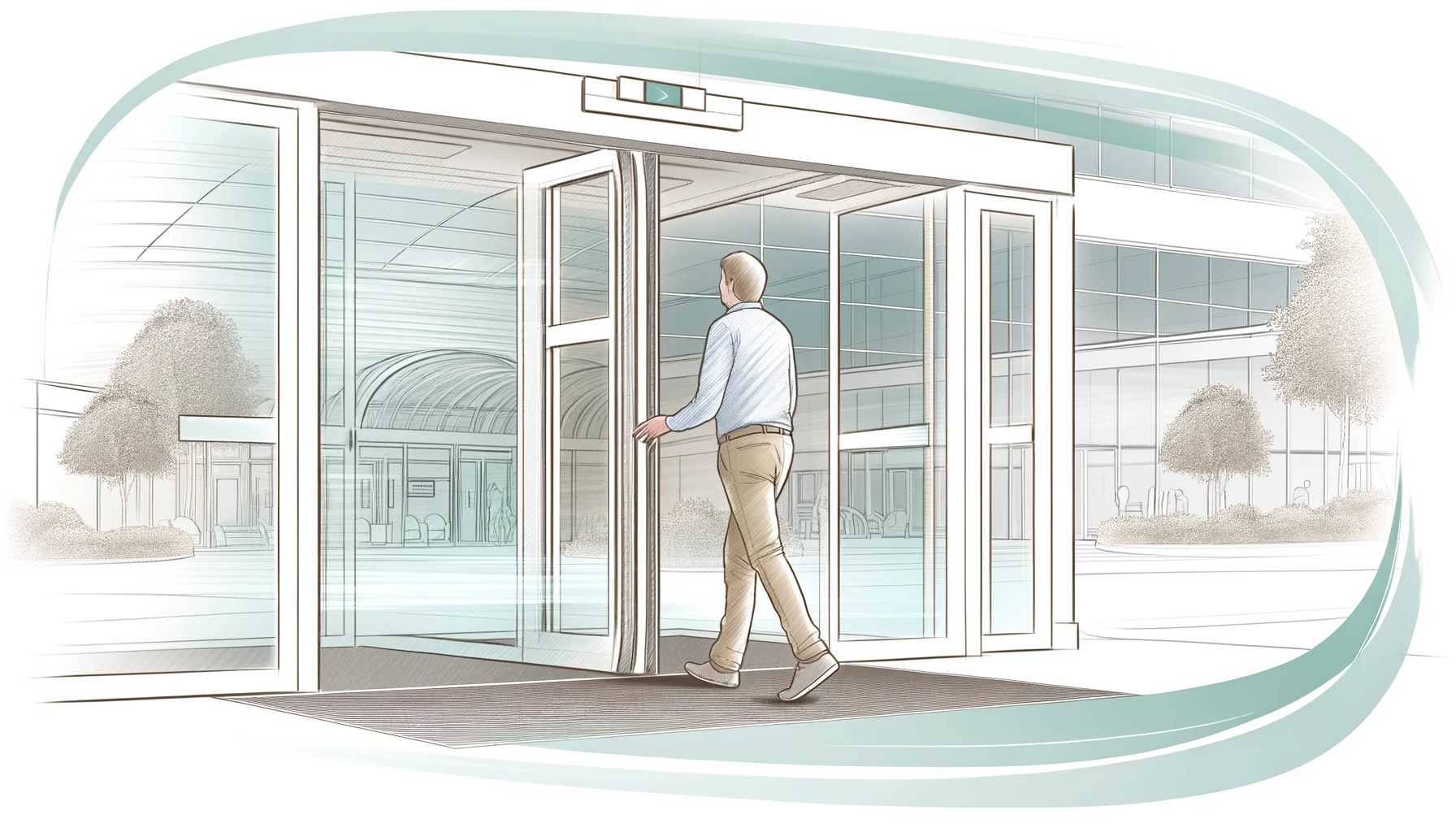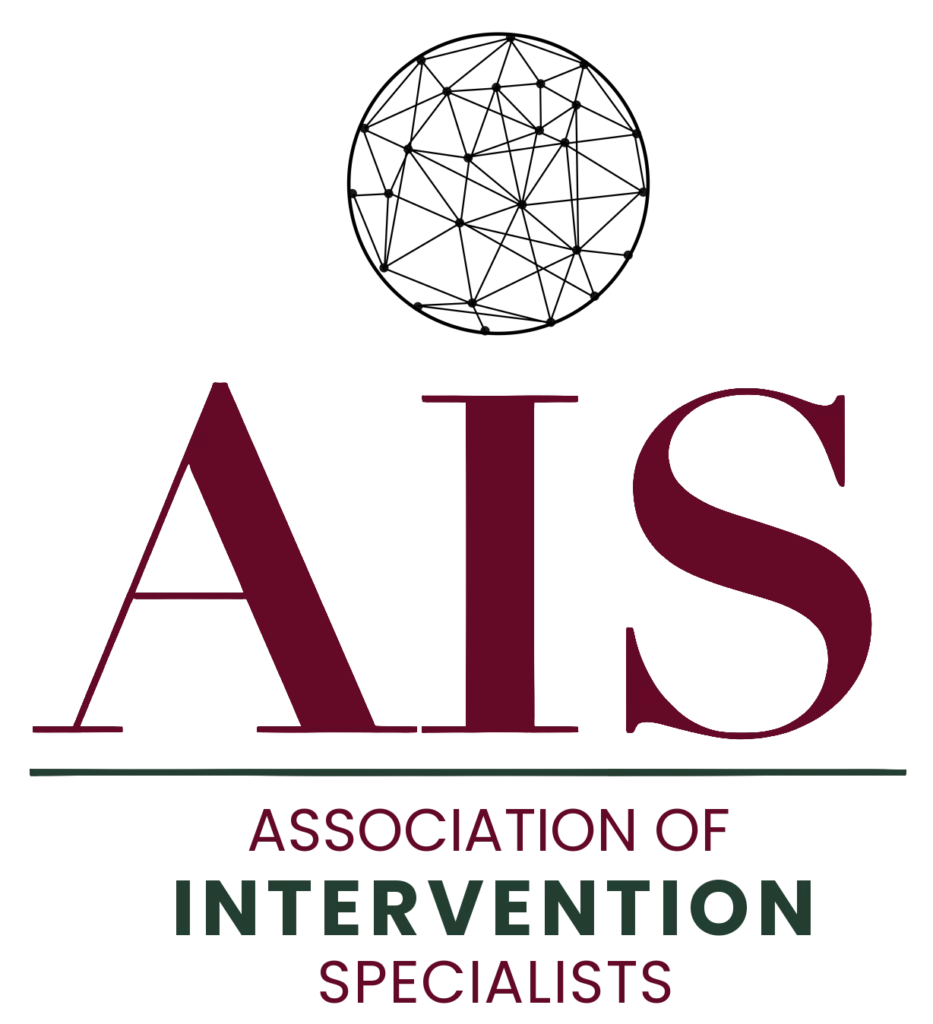This article is about the Johnson Intervention Model. Who created this model as well as the seven components. Although parts of this model are often incorporated in other models, The Johnson Intervention Model serves as the first formalized model of intervention.

Who was Vernon Johnson?
In the 1960’s there was an Episcopal priest who was interested in studying addiction as well as a way to stop it. The main concern of this priest was to prevent death by addiction. Vernon Johnson was the Episcopal priest who made it his life goal to help all addicts achieve sobriety. In order to find the right method or methods, he studied 200 recovering alcoholics. The main question behind his study of the 200 recovering alcoholics was, “What made them want to quit drinking?”
Results of Vernon Johnson’s Study:
- There was not one “Major Life Altering” event that caused them to quit.
- The majority of their quitting involved small, non life-threatening events involving spouses, family fights, or an illness caused by the addiction.
- When seeking sobriety, something that was easily decided — it was a forced decision resulting from small life altering events.
- When sobriety was not sought out, the small life altering events collided quickly and caused death.
- There needs to be a well thought out and defined plan to help the addict to see what the consequences could be if sobriety is not sought.
The well-defined plan that Dr. Vernon Johnson created was written in a book called “I’ll Quit Tomorrow” in 1973.

Family Focused Approach to the Intervention Process
Dr. Vernon Johnson saw the value in family and loved ones being used in an intervention. During the 1970s, this was something new and very unconventional compared to other Intervention methods. Instead of family members “ganging up” on the addict and blaming them for hurtful feelings as well as memories, Dr. Johnson encouraged caring as the priority.
He asked the family members to confront the addicted person with letters that focused on how much they care for the addict. He had the family members write letters to the addicted loved one giving them a list of consequences if sobriety or rehab was not sought out.
The main purpose behind the Johnson Method is to confront the addict by motivating and encouraging them to change their lifestyle for the good of not only themselves, but for the good of the family around them.
Dr. Johnson wanted the addict to be confronted but in a way that their defenses would be low. He recognized that the addict’s defenses are already raised when they are confronted in a surprise way. To continue to throw blame and insult would only cause the addict to break down and ultimately stop listening. The idea of sobriety is no longer an option because their defenses are so high that nothing will convince them to change their mind.

Seven Components of the Johnson Method
There are seven components of the Johnson Method that Dr. Johnson outlines from retrospective study not only in his book but also in his Intervention Practice. The seven components are as follows:
Component One – Team
This team is organized by a counselor that specializes in intervention. It also includes family members, colleagues, loved ones, as well as friends who are in the addict’s life.
Component Two – Planning
During this stage, the time of the intervention is determined as well as exactly what is going to be said through the letters.
Component Three – Focused on Care
This component is imperative and must be followed throughout the whole process — from beginning to end. It should not be a time where the addict is being yelled at or even condemned.
Component Four – Addiction Only
During the process, the only thing that should be talked about is the issue of addiction; nothing else from their past.
Component Five – Evidence
Evidence: When the people who are doing the intervention, there must be evidence or proof provided in the letters. All past events should be spoken of and described in a very detail related manner.
Component Six – Primary Goal – Treatment
As a team, the end result of the intervention must be the agreed-upon goal that the addict must seek out treatment. This should not be explained or discussed as a punishment; rather this is to help improve the addict’s life.
Component Seven – Treatment Options
Ideally, each intervention will end in the addict seeking out treatment. In order for this to happen, the team must put together three different options when it comes to treatment.
Author: Dr. Jerry Law, D.Min., MDAAC, BRI-II, CIP
Sources:
https://pubmed.ncbi.nlm.nih.gov/8727057/
https://store.samhsa.gov/sites/default/files/tip-39-treatment-family-therapy-pep20-02-02-012.pdf

